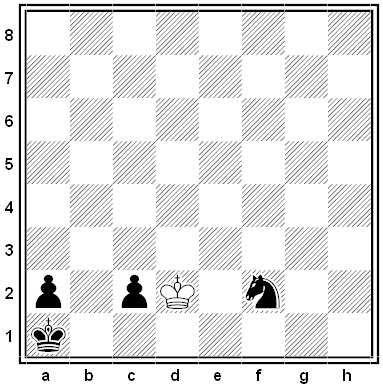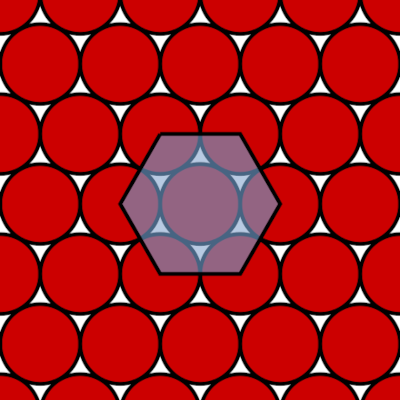
In this position, devised by Harvard mathematician Noam Elkies, White is in serious trouble. He’s been reduced to a bare king, and his opponent has a knight as well as two pawns on the verge of queening.
It’s tempting to snap up the c2 pawn — this gains material and keeps Black’s king bottled up in the corner, which stops the a-pawn from queening. But now Black can win with 1. … Nd3! This stops the white king from moving to c1, which had been his only way to keep the black king immobilized. Now he’ll have to back off (even though perhaps winning the knight), and Black will play 2. … Kb1 and queen his pawn.
Interestingly, in the original position if White plays 1. Kc1, he’s guaranteed a draw: He can capture the c2 pawn on his next move and then shuffle happily forever between c1 and c2. Because he’s “lost a move,” Black can’t execute the maneuver described above to force the white king away from the corner. That’s because as the white king shuffles between a white and a black square, the knight must move about the board, also alternating between squares of different colors — and always landing on the wrong color to achieve his goal. The knight can wander as far afield as he likes, and execute any complex maneuver; he’ll always arrive at the wrong moment to achieve his aim.
(Noam D. Elkies and Richard P. Stanley, “The Mathematical Knight,” Mathematical Intelligencer 25:1 [December 2003], 22-34.)




